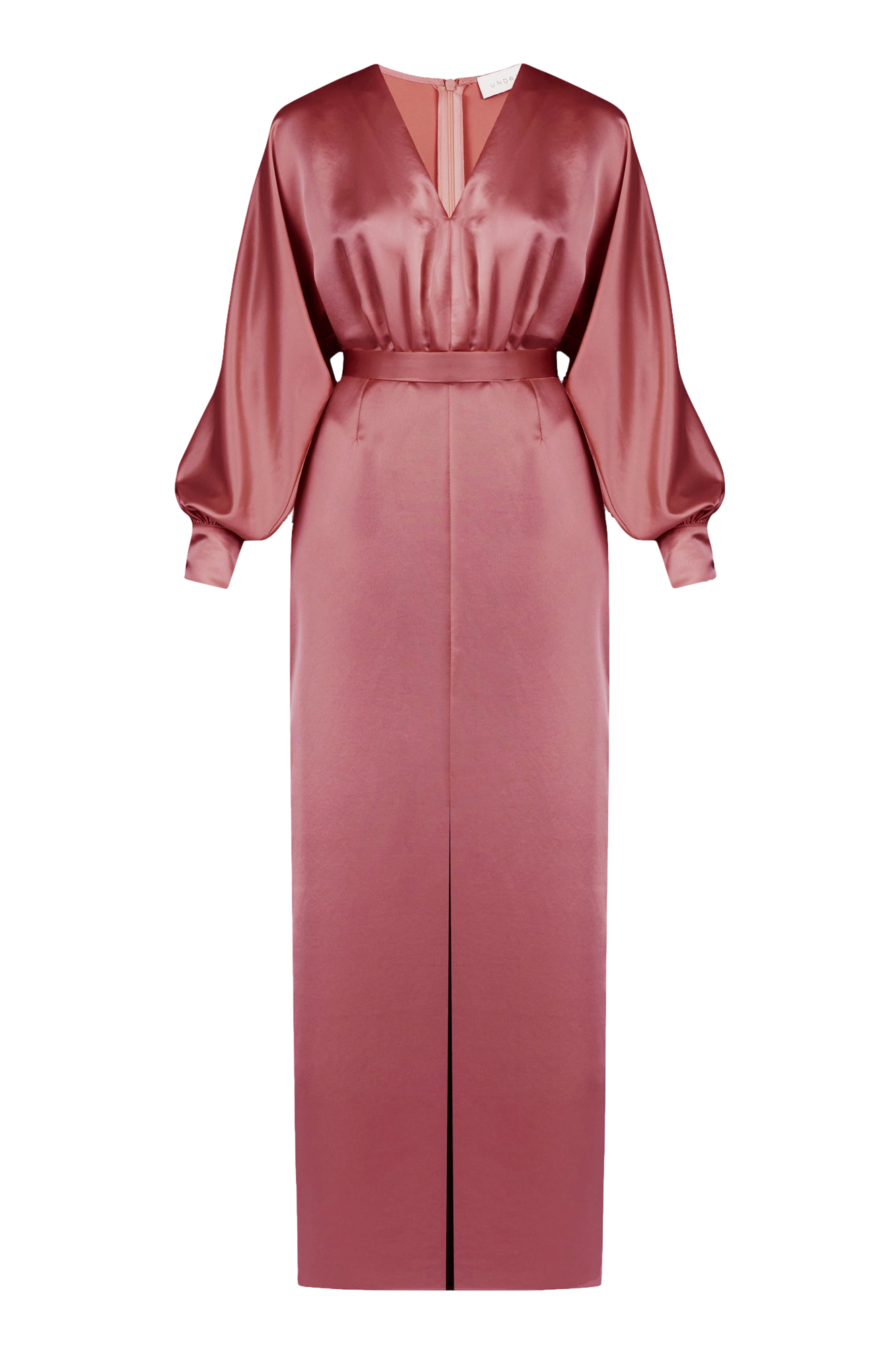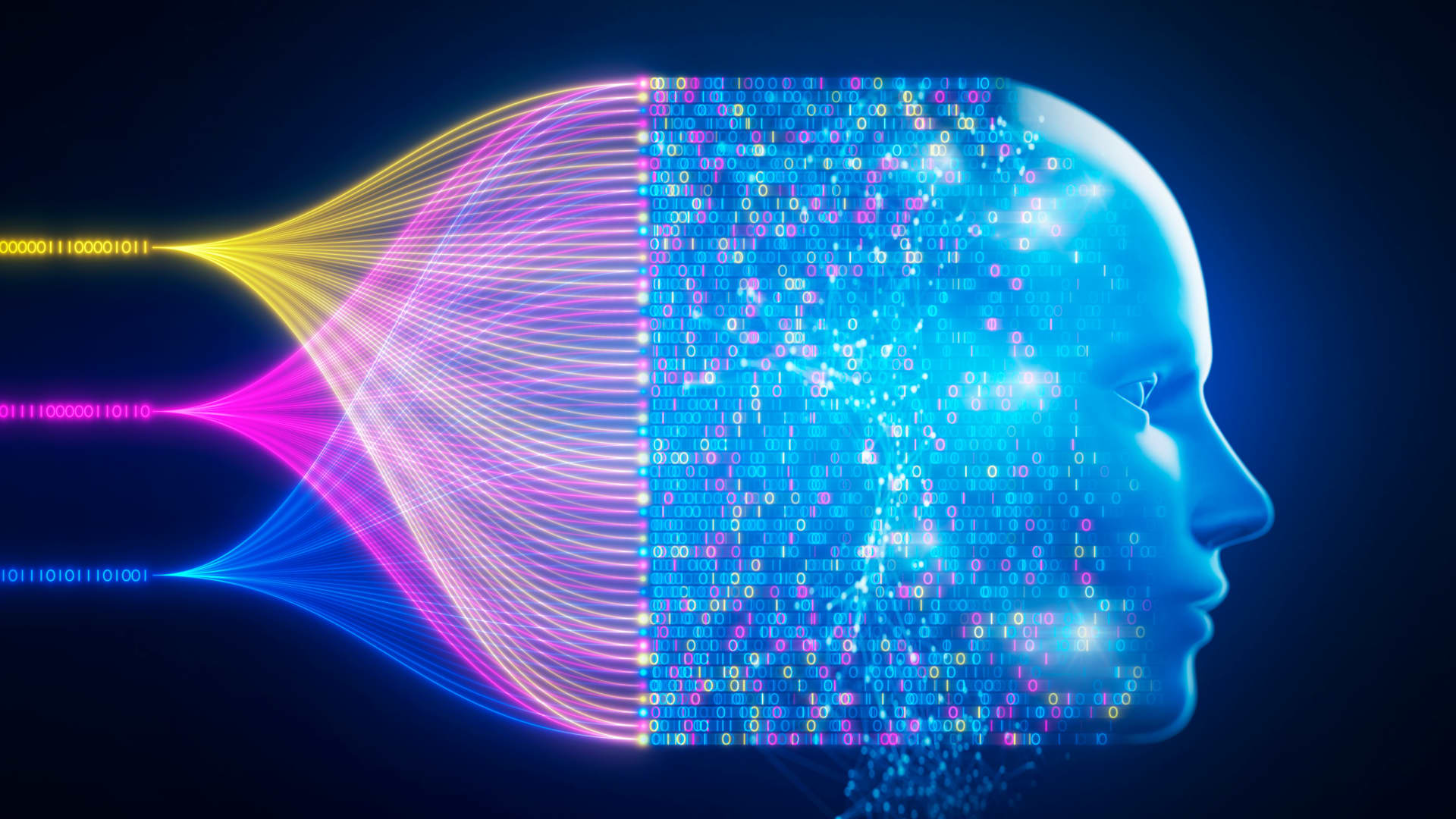Unveiling The Truth: AI Undress Technology And Its Impact On Privacy
AI undress technology has become a hot topic in recent years, sparking debates around privacy, consent, and ethical boundaries. This groundbreaking tech allows users to virtually remove clothing from images using artificial intelligence. Imagine a world where a simple photo can be manipulated to reveal more than intended. That's the power of AI undress. But is it a step forward in technology or a violation of personal rights?
As we dive deeper into this controversial subject, it's important to understand both sides of the argument. While some see AI undress as a tool for creativity and innovation, others raise serious concerns about its potential misuse. In a world where digital privacy is becoming increasingly fragile, this technology adds another layer of complexity to the debate.
So, why should you care? Because understanding AI undress isn't just about staying informed; it's about protecting yourself and others from potential misuse. In this article, we'll explore everything you need to know about this technology, its implications, and how it affects our daily lives.
What Exactly is AI Undress?
Let's break it down. AI undress refers to the use of artificial intelligence algorithms to digitally remove clothing from images or videos. This technology leverages deep learning models to analyze patterns, textures, and shapes, creating realistic simulations of unclothed subjects. While the concept might sound futuristic, it's already here and being used in various ways.
Developers claim that AI undress was initially created for legitimate purposes, such as fashion design, virtual try-ons, and medical applications. However, its potential for misuse has raised eyebrows in both the tech community and the general public. The question remains: where do we draw the line between innovation and invasion?
How Does AI Undress Work?
Here's the science behind the magic. AI undress relies on neural networks trained on vast datasets of images. These networks learn to recognize patterns and predict how a person would look without clothing. The process involves several steps:
- Image analysis: The AI scans the image to identify key features like pose, body shape, and clothing type.
- Pattern recognition: Using deep learning, the system matches the image to similar ones in its database.
- Reconstruction: The algorithm generates a new image, replacing clothing with predicted skin tones and textures.
- Refinement: Advanced techniques ensure the final result looks as realistic as possible.
While the technology is impressive, it's not without flaws. Inaccuracies in predictions and ethical concerns have led to calls for stricter regulations.
The Controversy Surrounding AI Undress
Now, let's talk about the elephant in the room. AI undress has sparked heated discussions about privacy and consent. Imagine someone using this tech to create explicit images of you without your permission. Sounds scary, right? That's exactly why many people are pushing back against its widespread use.
One of the biggest concerns is the potential for non-consensual image creation, commonly known as "deepfake porn." This practice involves using AI to superimpose a person's face onto explicit content, often without their knowledge or consent. The implications are alarming, especially for women and public figures who are frequent targets.
Legal and Ethical Implications
From a legal standpoint, the waters are murky. Current laws struggle to keep up with rapidly advancing technology, leaving many loopholes for exploitation. While some countries have started implementing regulations, enforcement remains a challenge.
Ethically speaking, the use of AI undress raises questions about respect, boundaries, and human dignity. Should we allow technology to infringe on someone's right to control their own image? These are tough questions that require careful consideration.
Who's Behind AI Undress?
Before we point fingers, it's important to understand the players involved. Several companies and independent developers have contributed to the development of AI undress technology. Some of the key players include:
- DeepNude: One of the first and most infamous apps to offer AI undress capabilities. Although the creators eventually shut it down due to public backlash, similar tools have since emerged.
- Research institutions: Universities and tech labs around the world are exploring the potential applications of AI undress in controlled environments.
- Freelance developers: Individual programmers have created open-source versions of the technology, making it accessible to a wider audience.
While these entities have different motivations, their actions collectively shape the landscape of AI undress.
Table: Key Players in AI Undress Development
| Name | Purpose | Status |
|---------------|----------------------------------|---------------------|
| DeepNude | Commercial app | Discontinued |
| Research Labs | Scientific exploration | Active |
| Freelancers | Open-source development | Ongoing |
AI Undress: The Good, the Bad, and the Ugly
Every coin has two sides, and AI undress is no exception. Let's take a closer look at the pros and cons of this technology.
The Good
On the positive side, AI undress has potential applications in fields like fashion, healthcare, and entertainment. For example:
- Fashion designers can use it to create virtual try-on experiences for customers.
- Medical professionals can utilize it for educational purposes, such as illustrating anatomy.
- Filmmakers can employ it for special effects, reducing the need for physical props.
The Bad
However, the drawbacks are significant. The misuse of AI undress can lead to:
- Privacy violations: Unauthorized creation of explicit content.
- Emotional distress: Victims may experience shame, anxiety, or trauma.
- Reputation damage: False images can harm an individual's personal or professional life.
The Ugly
And then there's the ugly truth. The technology has already been used to create deepfake porn, fuel cyberbullying, and perpetuate harassment. These instances highlight the urgent need for better safeguards and regulations.
Can AI Undress Be Regulated?
This is the million-dollar question. Regulating AI undress is easier said than done. The global nature of the internet and the decentralized development of AI tools make enforcement challenging. However, there are steps that can be taken:
- Implementing stricter laws: Governments can pass legislation to criminalize non-consensual image creation.
- Encouraging ethical development: Tech companies can adopt guidelines to ensure responsible use of AI.
- Raising awareness: Educating the public about the risks and consequences of AI undress can help prevent misuse.
While no solution is foolproof, these measures can go a long way in protecting individuals from harm.
What About Consent?
Consent is at the heart of the AI undress debate. Without explicit permission, using someone's image in this way is a clear violation of their rights. Moving forward, any regulations must prioritize consent as a fundamental principle.
How Can You Protect Yourself?
Now that you're aware of the risks, here's how you can stay safe:
- Be cautious with sharing photos online. Even seemingly harmless images can be manipulated.
- Use strong privacy settings on social media platforms to limit who can access your content.
- Stay informed about the latest developments in AI technology and its potential threats.
By taking these precautions, you can reduce the chances of becoming a victim of AI undress misuse.
Tools for Detection
Thankfully, there are resources available to help identify manipulated images. Several companies have developed tools that analyze photos for signs of AI manipulation. These tools can be invaluable for anyone concerned about their digital footprint.
The Future of AI Undress
As we look ahead, the future of AI undress remains uncertain. While the technology continues to evolve, so too does the conversation around its ethical implications. One thing is clear: the decisions we make today will shape the landscape of tomorrow.
Will AI undress become a tool for good, or will its misuse overshadow its potential benefits? Only time will tell. In the meantime, it's up to all of us to advocate for responsible innovation and protect the rights of individuals.
What's Next?
Researchers are exploring ways to improve AI undress technology while addressing its ethical concerns. Some potential advancements include:
- Enhanced detection algorithms to identify manipulated images.
- Stricter guidelines for developers to ensure responsible use.
- Increased collaboration between tech companies and governments to establish global standards.
These developments offer hope for a more balanced approach to AI undress.
Conclusion
In conclusion, AI undress is a powerful technology with both positive and negative implications. While it has the potential to revolutionize industries, it also poses significant risks to privacy and consent. As we've explored throughout this article, the key lies in finding a balance between innovation and responsibility.
We encourage you to share your thoughts in the comments below. Do you think AI undress can be used ethically, or should it be banned altogether? Your voice matters in shaping the future of this technology.
And don't forget to check out our other articles for more insights into the world of AI and its impact on our lives. Together, we can navigate the complexities of the digital age and create a safer, more informed community.
Table of Contents
- The Controversy Surrounding AI Undress
- AI Undress: The Good, the Bad, and the Ugly
- Can AI Undress Be Regulated?
- How Can You Protect Yourself?

Free Undress Tool Exploring The Controversy, Technology, And Ethical

Free Undress Tool Exploring The Controversy, Technology, And Ethical

Wall Street may be overlooking this key AI investing area